Home>Renovation & DIY>Tools & Equipment>What Grit Sandpaper To Remove Paint From Car
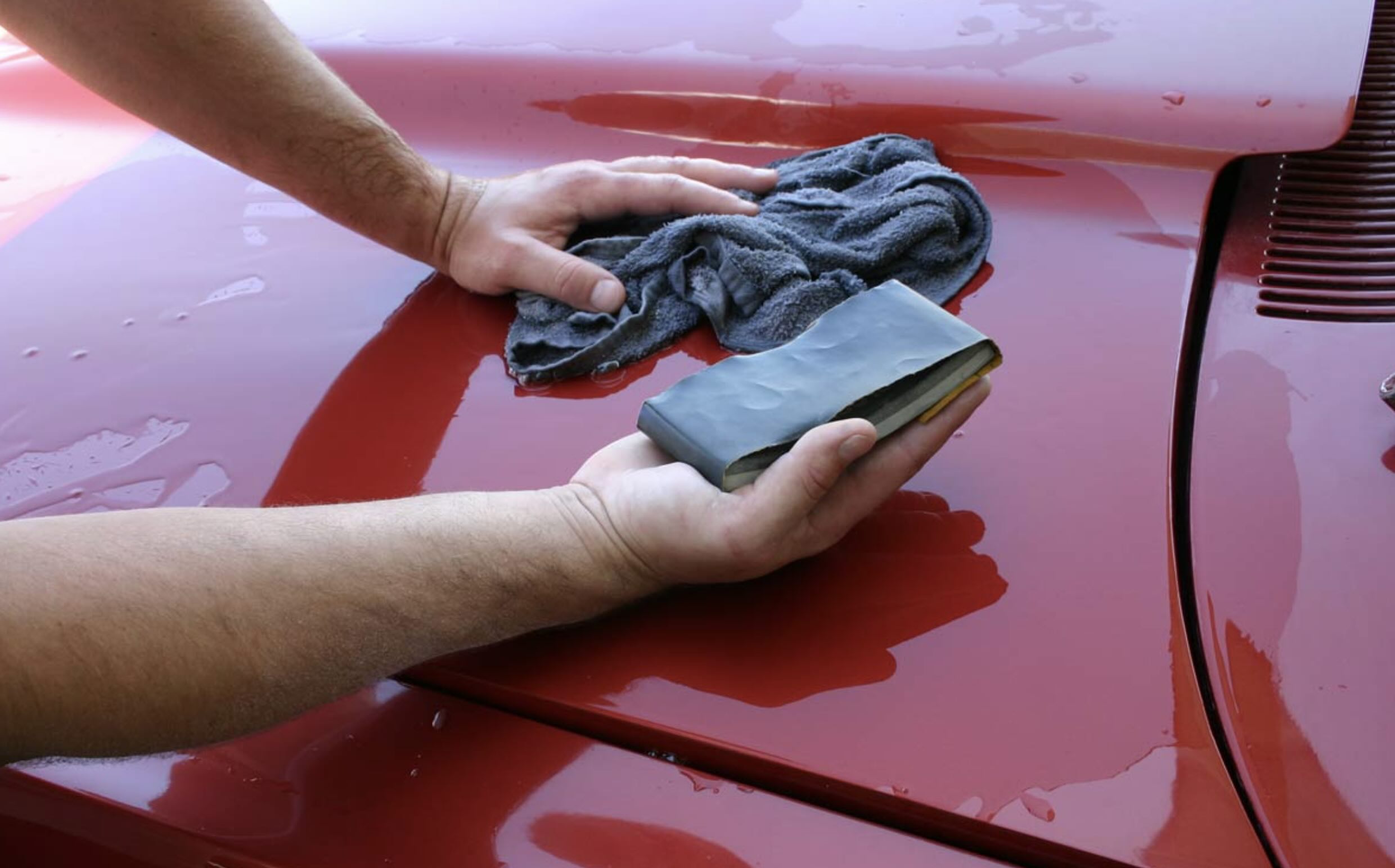

Tools & Equipment
What Grit Sandpaper To Remove Paint From Car
Modified: January 9, 2024
Find the right grit sandpaper for removing paint from your car with our comprehensive guide. Get the best tools and equipment for the job.
(Many of the links in this article redirect to a specific reviewed product. Your purchase of these products through affiliate links helps to generate commission for Storables.com, at no extra cost. Learn more)
Introduction
When it comes to restoring the luster of a car's exterior, removing old paint is often a necessary step. This process requires the use of grit sandpaper, a versatile tool that can effectively strip away layers of paint, leaving the surface smooth and ready for a fresh coat. However, the key to successful paint removal lies in understanding the different grit levels of sandpaper and knowing how to choose the right one for the task at hand.
In this comprehensive guide, we will delve into the world of grit sandpaper and explore its role in the process of removing paint from a car. Whether you're a seasoned automotive enthusiast or a DIY novice, this article will equip you with the knowledge and techniques needed to tackle this challenging yet rewarding endeavor. So, grab your sandpaper and let's dive into the art of paint removal with precision and finesse.
Key Takeaways:
- Choose the right grit sandpaper for paint removal based on the condition of the existing paint and the type of surface to achieve optimal results in automotive restoration.
- Master the art of sanding techniques by applying consistent pressure, using sanding blocks for precision, and maintaining a methodical approach for flawless paint removal.
Understanding Grit Sandpaper
Before delving into the intricacies of paint removal, it’s essential to grasp the concept of grit sandpaper and its significance in the automotive restoration process. Grit refers to the coarseness or fineness of the abrasive particles embedded in the sandpaper. These particles, typically made of aluminum oxide or silicon carbide, are distributed across the paper in a uniform manner.
Grit levels are denoted by numbers, with lower numbers indicating coarser grit and higher numbers representing finer grit. Coarse grit sandpaper, such as 40 to 60 grit, features larger abrasive particles and is designed for heavy material removal, making it ideal for initial paint stripping. Conversely, fine grit sandpaper, ranging from 240 to 1200 grit, consists of smaller particles and is employed for smoothing surfaces and refining the paint-stripped area.
Understanding the relationship between grit and abrasiveness is crucial, as using the wrong grit can result in ineffective paint removal or unintended damage to the car’s surface. When selecting sandpaper, it’s important to consider the condition of the paint, the type of surface being worked on, and the desired level of finish. By harnessing the power of grit sandpaper, enthusiasts and professionals alike can achieve remarkable results in their automotive restoration endeavors.
Removing Paint from a Car
Whether you’re rejuvenating a classic car or rectifying the wear and tear on your daily driver, the process of removing old paint is a crucial step in achieving a flawless finish. Over time, paint can deteriorate due to exposure to the elements, leading to unsightly blemishes and a lackluster appearance. Additionally, if you’re aiming to apply a new coat of paint, proper paint removal is essential to ensure optimal adhesion and a professional-looking result.
There are several methods for removing paint from a car, each with its own advantages and considerations. Sanding, chemical stripping, and media blasting are among the most common techniques employed in automotive paint removal. While chemical stripping involves the use of potent paint-removing agents, sanding with grit sandpaper remains a popular choice due to its accessibility, affordability, and effectiveness.
Before embarking on the paint removal process, it’s imperative to prepare the car by thoroughly cleaning the surface and removing any trim or accessories that may obstruct the sanding area. This sets the stage for a seamless paint removal experience and ensures that the underlying surface is ready to be rejuvenated.
By harnessing the power of grit sandpaper, enthusiasts and professionals alike can effectively strip away old paint, unveiling the raw canvas of the car’s exterior. This paves the way for subsequent steps in the restoration process, such as priming, painting, and clear-coating, ultimately culminating in a stunning visual transformation.
Use 80-120 grit sandpaper to remove old paint from a car. Start with 80 grit for tough areas and switch to 120 grit for smoother surfaces. Always sand in a well-ventilated area and wear a mask for safety.
Choosing the Right Grit Sandpaper
When it comes to selecting the appropriate grit sandpaper for paint removal, a nuanced approach is essential to achieve optimal results. The choice of grit is contingent upon the condition of the existing paint, the type of surface, and the desired level of finish. By understanding the characteristics of different grit levels, you can make an informed decision that aligns with the specific requirements of your automotive restoration project.
For initial paint removal, particularly when dealing with thick or stubborn layers of paint, coarse grit sandpaper is indispensable. Grits in the range of 40 to 80 are well-suited for this purpose, as they efficiently abrade the surface, facilitating the removal of old paint and imperfections. As the paint is progressively stripped away, transitioning to medium grits, such as 120 to 180, allows for refining the surface while preparing it for subsequent stages of the restoration process.
As the paint removal process advances, finer grit sandpaper becomes instrumental in achieving a smooth and uniform surface. Grits ranging from 220 to 400 are adept at eliminating residual imperfections and creating an ideal foundation for the application of new paint. Additionally, ultra-fine grits, including 600 to 1200, excel in providing a polished finish, ensuring that the surface is impeccably prepped for the final painting phase.
Furthermore, it’s crucial to consider the type of material being worked on. While metal surfaces can withstand more aggressive sanding with lower grits, delicate surfaces such as fiberglass or plastic require a more conservative approach, necessitating the use of finer grits to avoid damage. By tailoring the grit selection to the specific characteristics of the surface, you can safeguard against unintended abrasions and achieve a pristine result.
Ultimately, the art of choosing the right grit sandpaper lies in striking a balance between effective paint removal and surface refinement, all while preserving the integrity of the underlying material. By leveraging the diverse range of grit options available, you can navigate the paint removal process with precision and finesse, setting the stage for a remarkable automotive transformation.
Sanding Techniques
Mastering the art of sanding is pivotal in achieving a flawless paint removal process and preparing the car’s surface for subsequent restoration steps. Employing the correct sanding techniques not only expedites the paint removal process but also ensures that the surface is primed for a professional-grade finish. Whether you’re a seasoned automotive enthusiast or a DIY enthusiast, honing your sanding skills is essential for a successful restoration endeavor.
Before initiating the sanding process, it’s imperative to equip yourself with the appropriate safety gear, including protective eyewear, a respirator, and gloves, to safeguard against airborne particles and chemical irritants. Additionally, securing the car in a well-ventilated and adequately lit workspace is crucial for optimal visibility and air circulation during the paint removal process.
When using grit sandpaper for paint removal, employing a consistent and methodical approach is key to achieving uniform results. Begin by firmly gripping the sandpaper and applying even pressure as you move it back and forth across the surface. It’s important to maintain a steady rhythm and avoid applying excessive force, as this can lead to uneven abrasion and potential damage to the underlying material.
Furthermore, periodically inspect the sandpaper for signs of wear and tear, and replace it as needed to maintain optimal abrasiveness. This ensures that the paint removal process remains efficient and that the surface is consistently worked to the desired level of refinement.
Utilizing sanding blocks or sanding pads can also enhance the precision and uniformity of the paint removal process, particularly in areas with intricate contours or curved surfaces. These tools provide stability and control, allowing for targeted paint removal while minimizing the risk of uneven abrasion.
As the paint is progressively stripped away, periodically pausing to assess the surface’s smoothness and uniformity is essential. This enables you to identify any lingering imperfections and address them accordingly, ensuring that the surface is impeccably prepped for subsequent stages of the restoration process.
By mastering the art of sanding and adopting a meticulous and patient approach, you can elevate the paint removal process from a task to an art form, setting the stage for a visually stunning automotive rejuvenation.
Read more: What Grit Sandpaper For Paint Removal
Conclusion
Embarking on the journey of paint removal from a car’s exterior is a transformative endeavor that demands precision, expertise, and the right tools. Grit sandpaper, with its diverse range of abrasive levels, serves as a cornerstone in this process, enabling enthusiasts and professionals to strip away old paint and unveil the raw canvas of automotive beauty.
Understanding the nuances of grit sandpaper is paramount, as it empowers individuals to make informed decisions when selecting the appropriate grit for paint removal. By aligning the grit level with the condition of the existing paint and the type of surface, one can navigate the restoration process with finesse, achieving remarkable results while preserving the integrity of the car’s exterior.
Furthermore, honing the art of sanding techniques is essential for achieving a flawless paint removal process. By employing consistent pressure, utilizing sanding blocks for precision, and maintaining a methodical approach, individuals can elevate the paint removal process from a task to an art form, setting the stage for a visually stunning automotive rejuvenation.
As the layers of old paint are meticulously stripped away, the car’s surface is primed for a new chapter of transformation. Whether it’s restoring a classic car to its former glory or breathing new life into a weathered vehicle, the process of paint removal with grit sandpaper is a testament to the enduring artistry and craftsmanship of automotive restoration.
In conclusion, the art of paint removal with grit sandpaper transcends mere restoration; it embodies the passion and dedication of automotive enthusiasts and professionals alike. With each stroke of the sandpaper, a story unfolds—a story of perseverance, precision, and the unwavering pursuit of automotive excellence.
So, as you embark on your next automotive restoration project, armed with grit sandpaper and a steadfast vision, may the journey be as remarkable as the destination—a testament to the enduring artistry and craftsmanship of automotive restoration.
Frequently Asked Questions about What Grit Sandpaper To Remove Paint From Car
Was this page helpful?
At Storables.com, we guarantee accurate and reliable information. Our content, validated by Expert Board Contributors, is crafted following stringent Editorial Policies. We're committed to providing you with well-researched, expert-backed insights for all your informational needs.
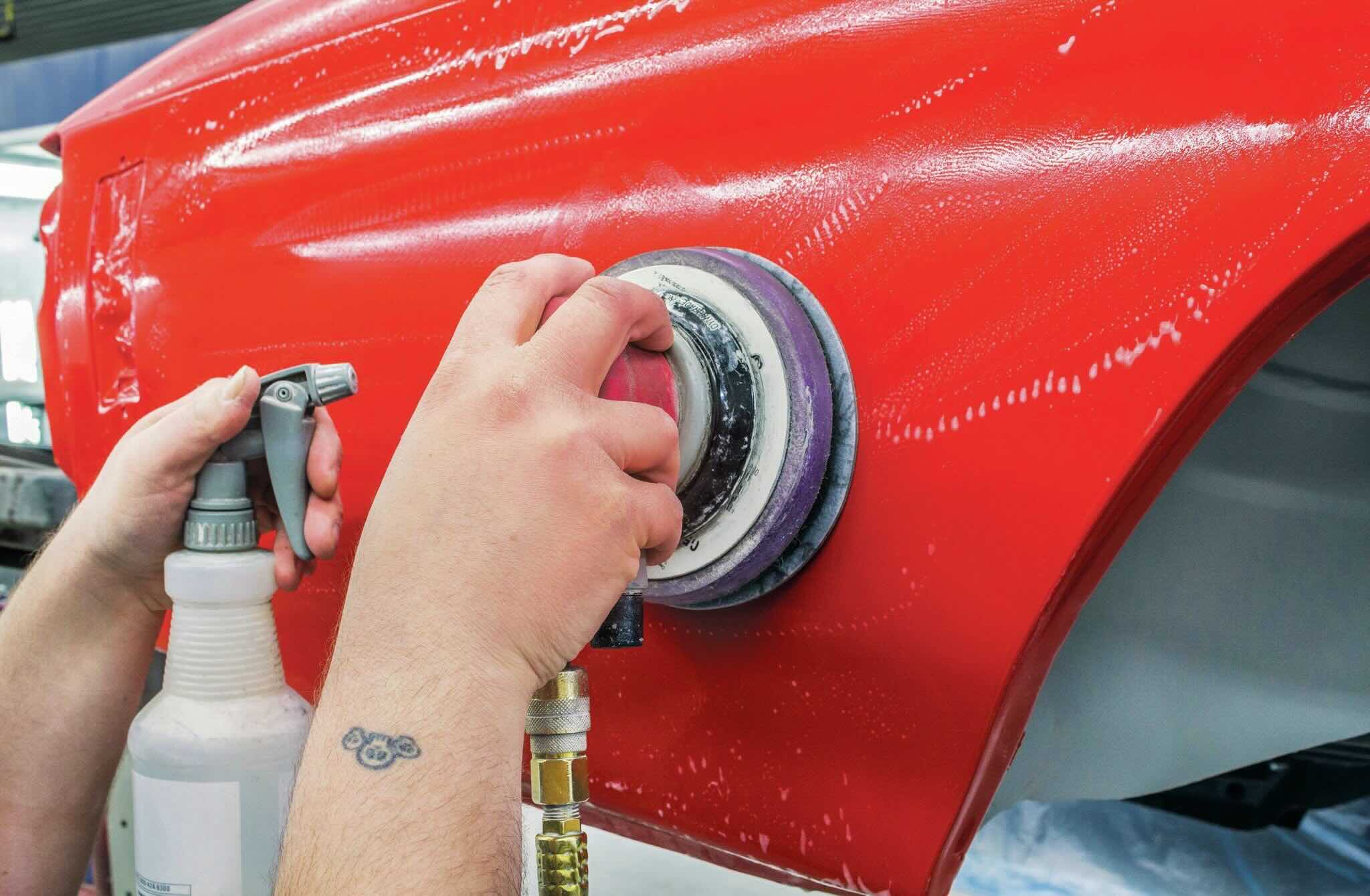
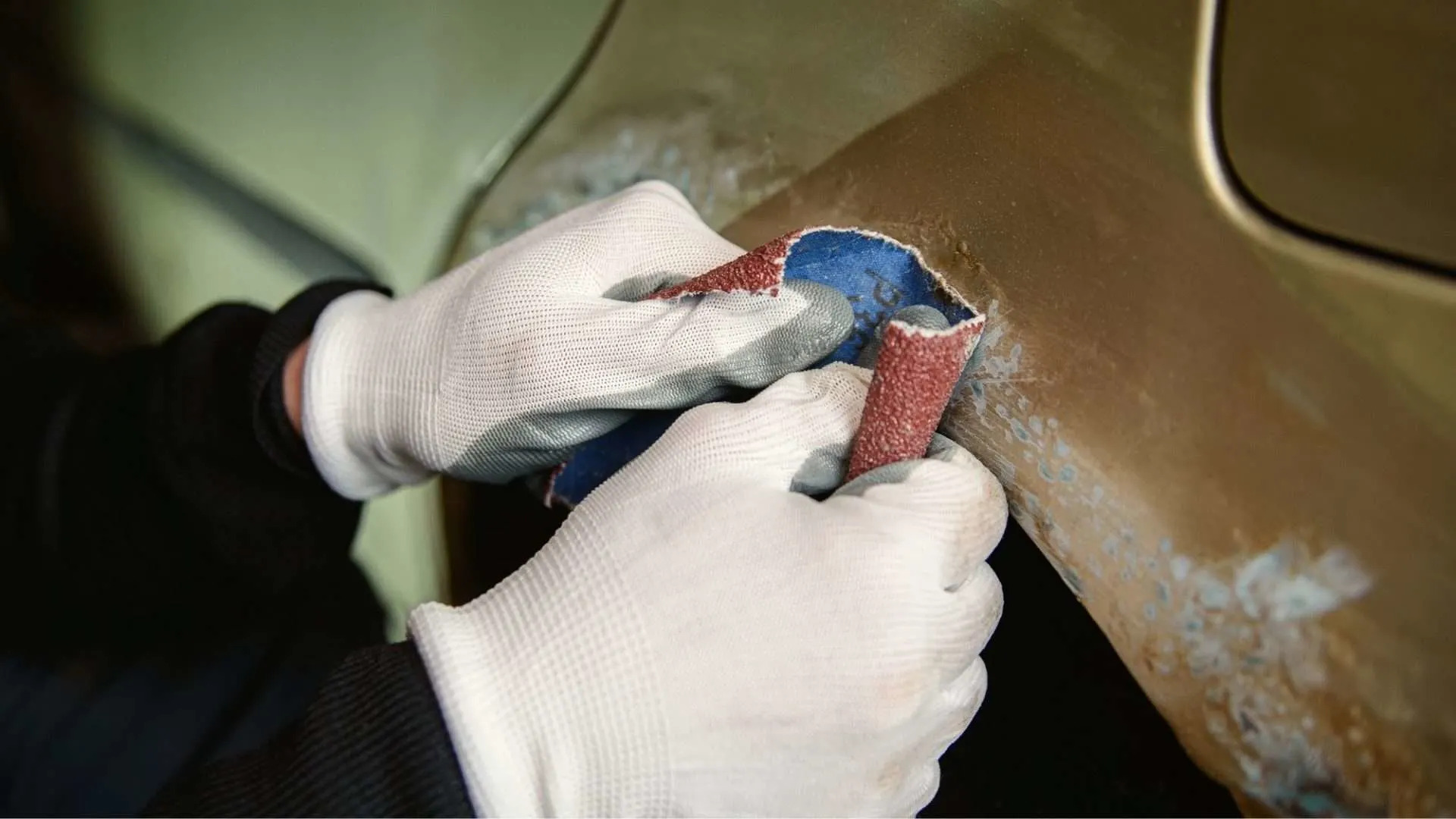
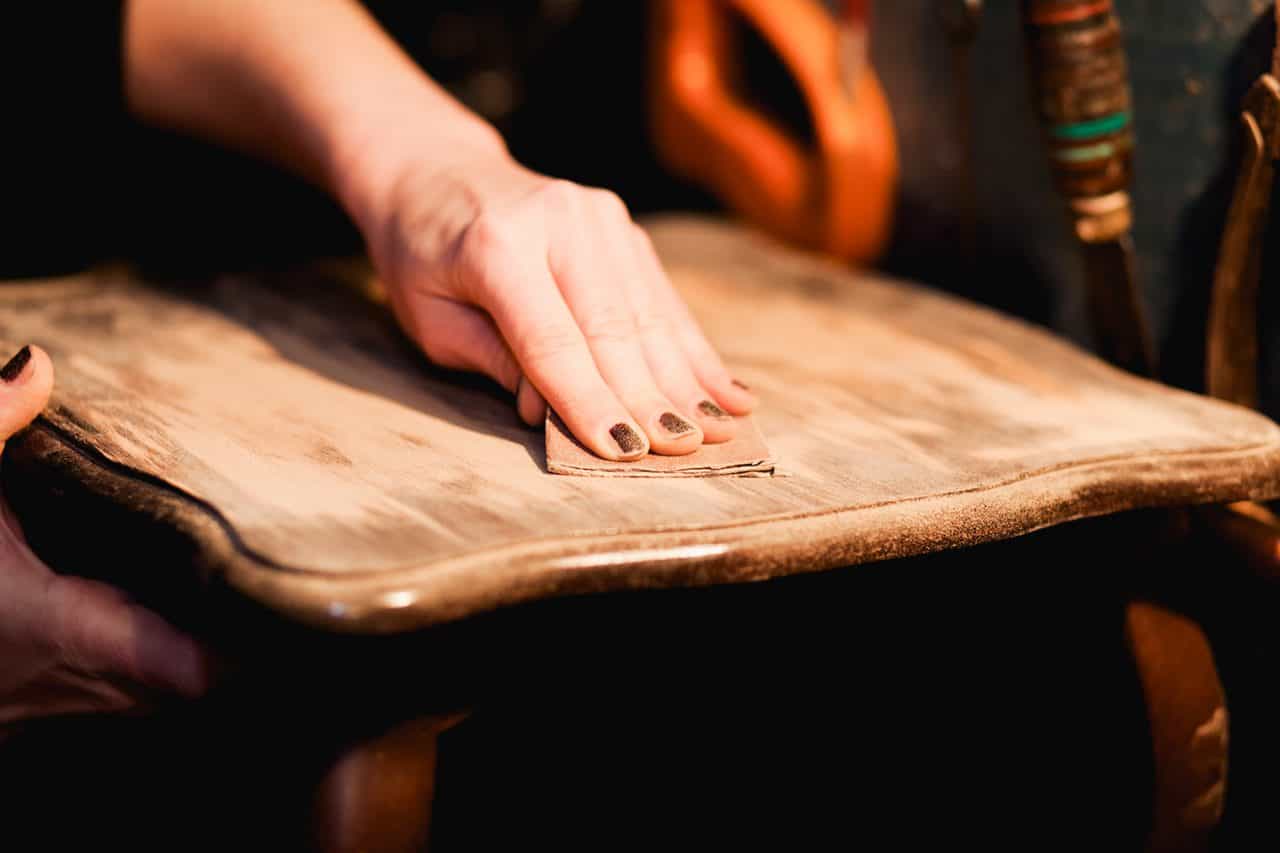
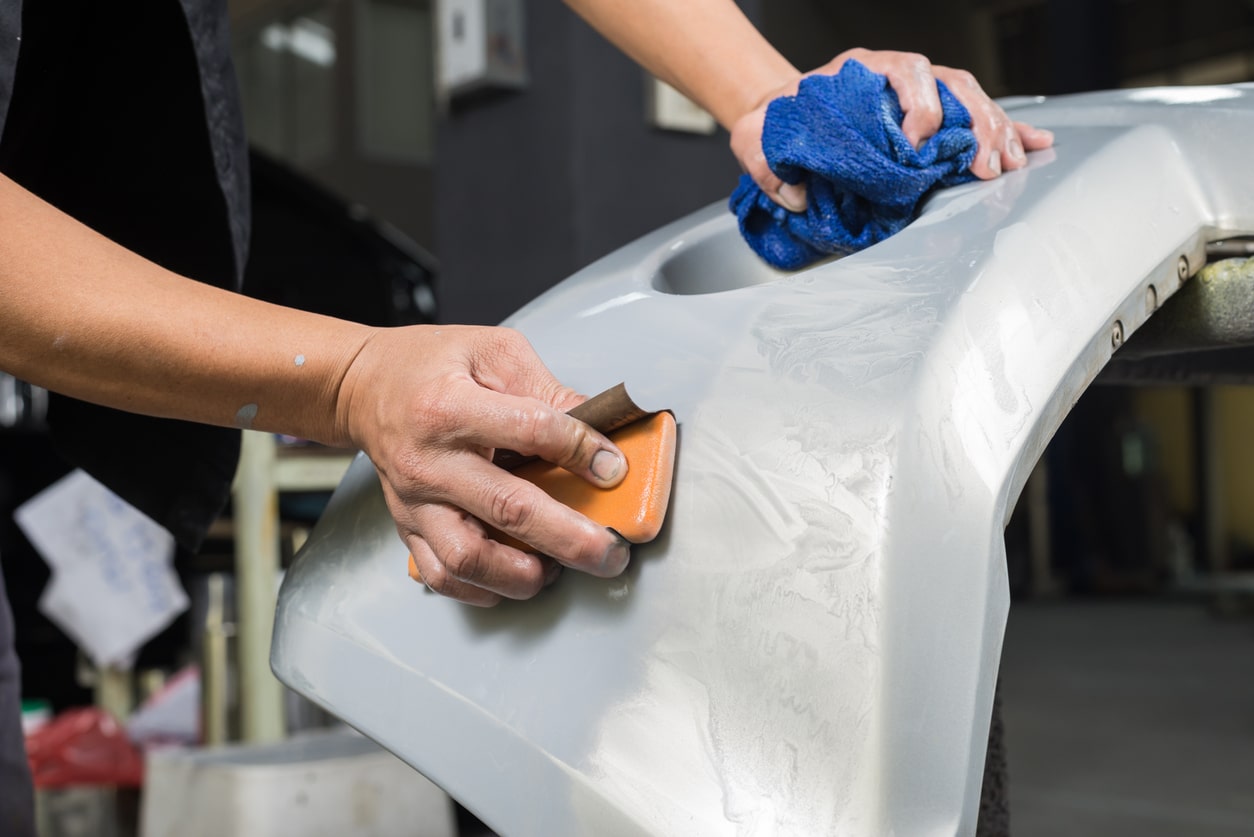
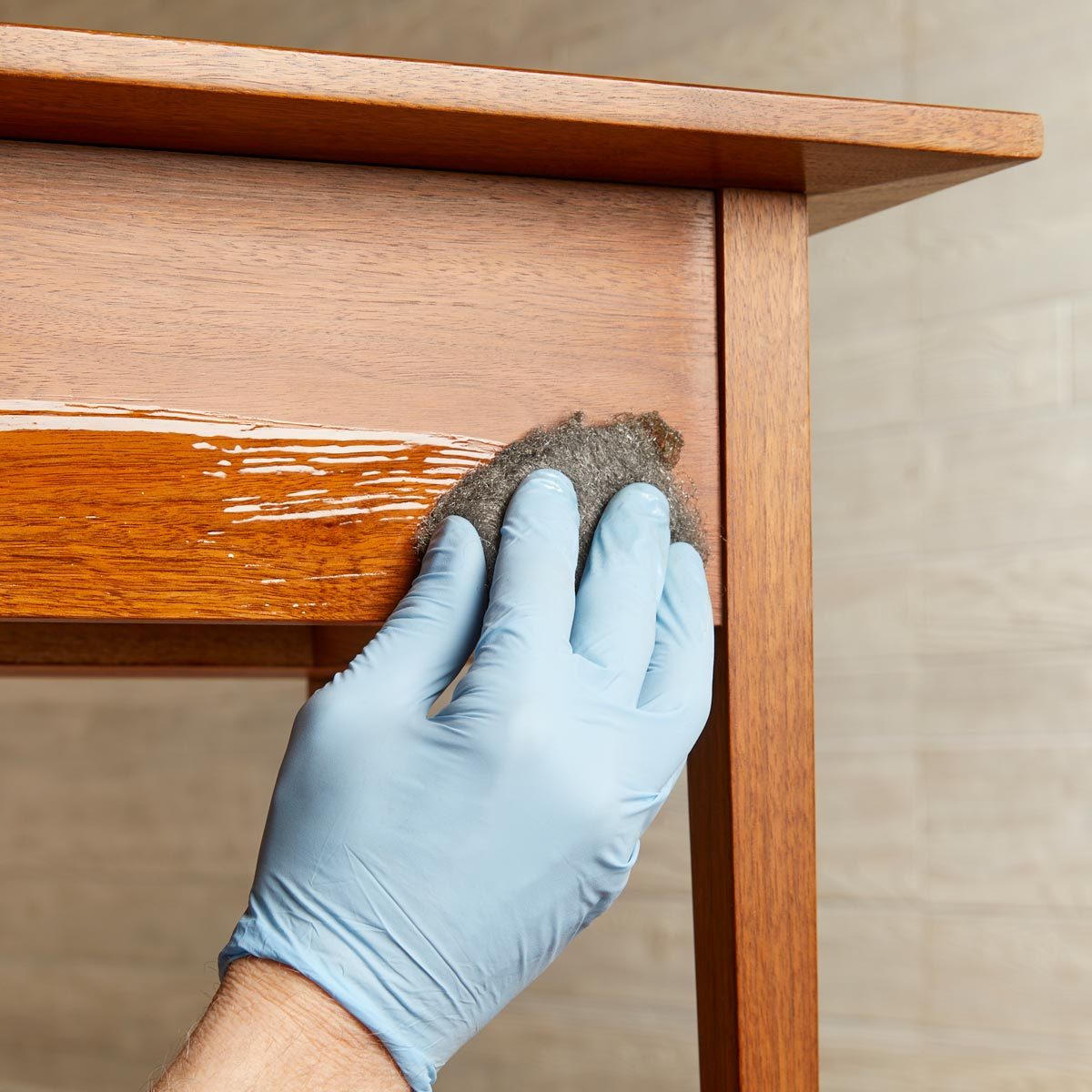
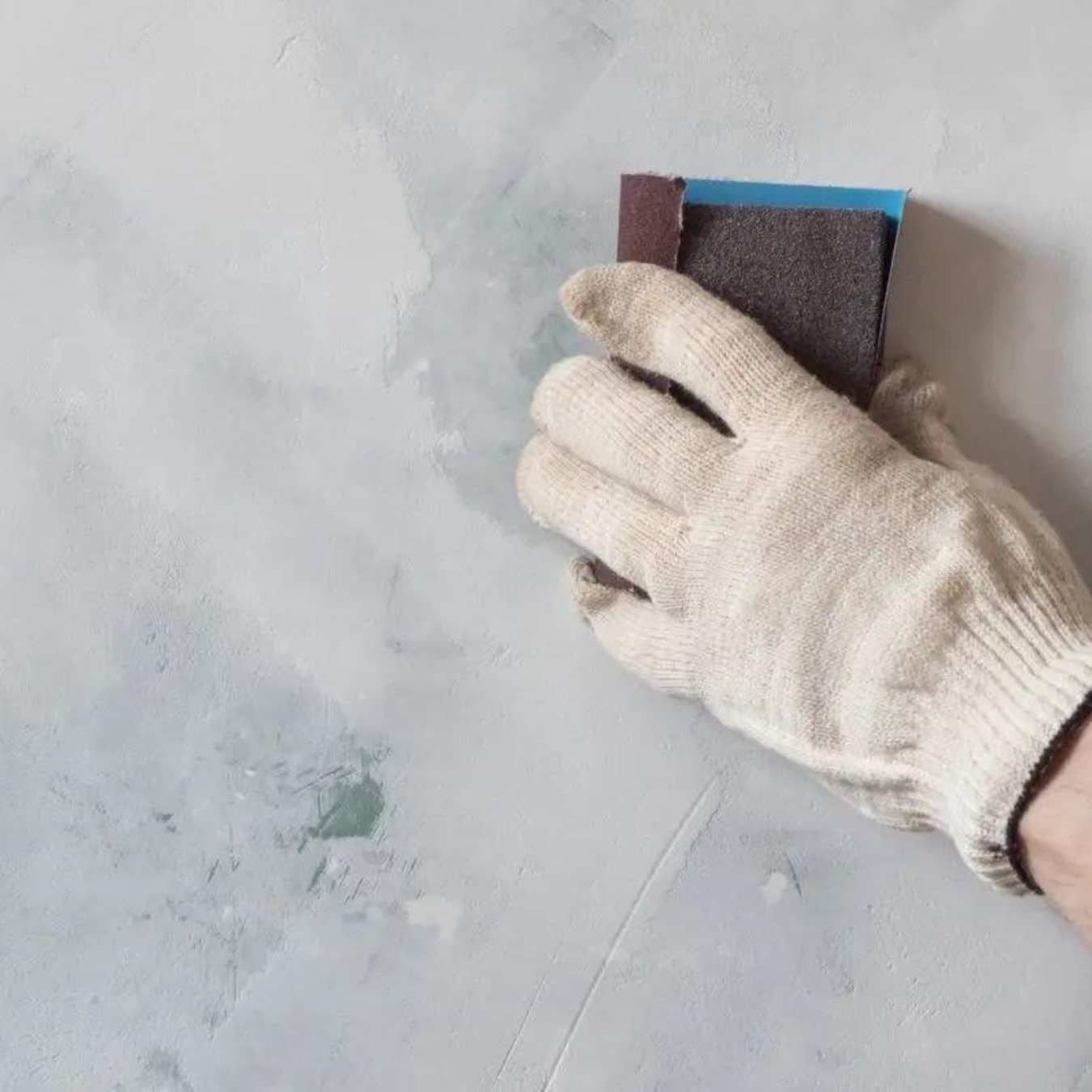
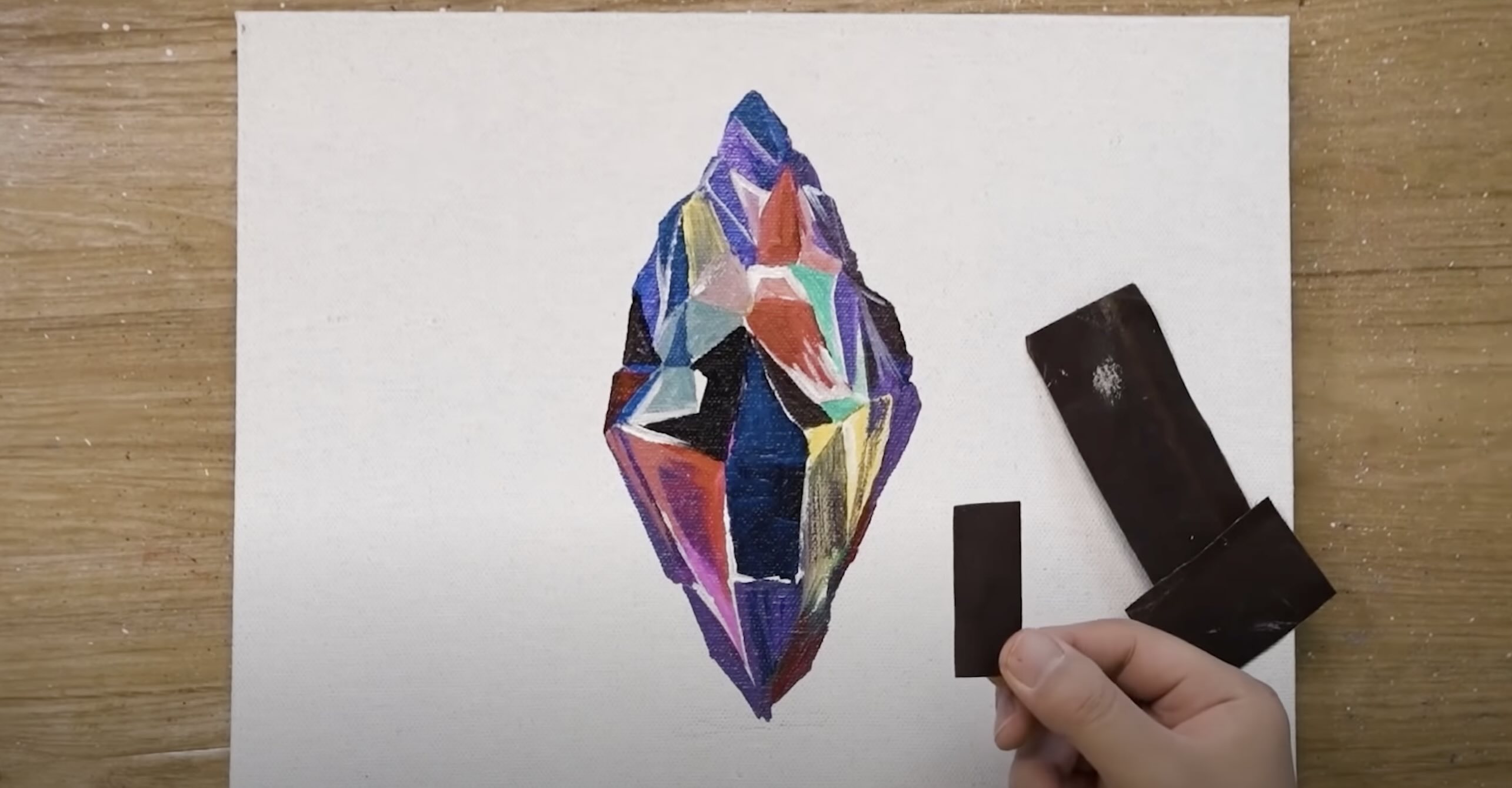
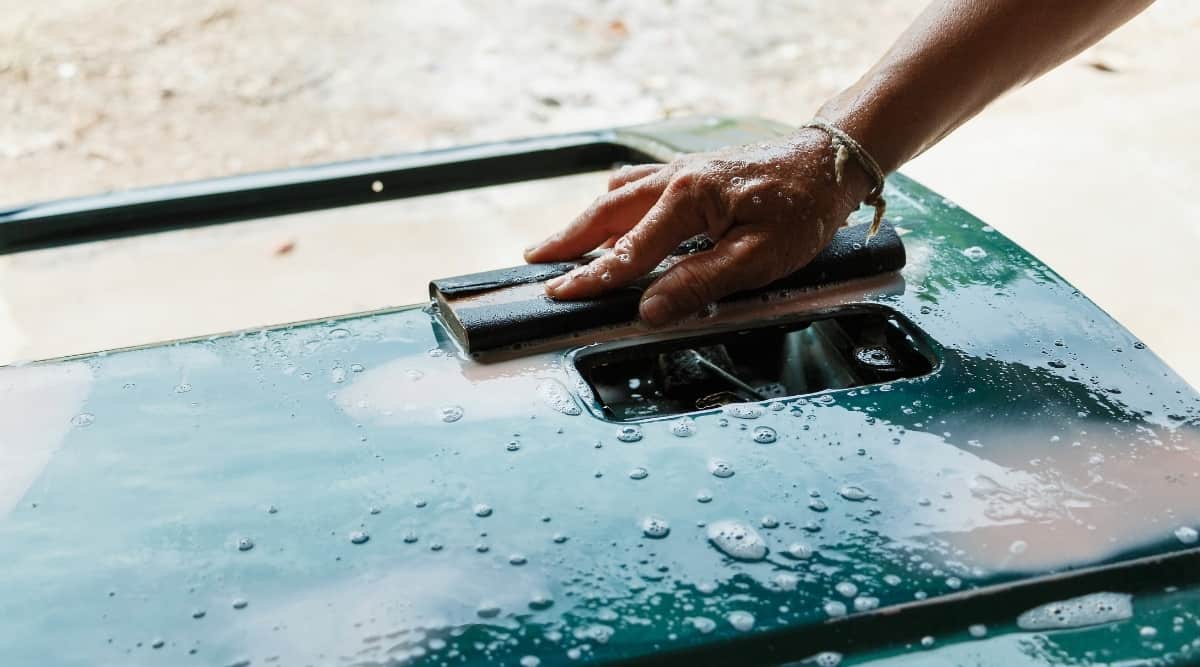
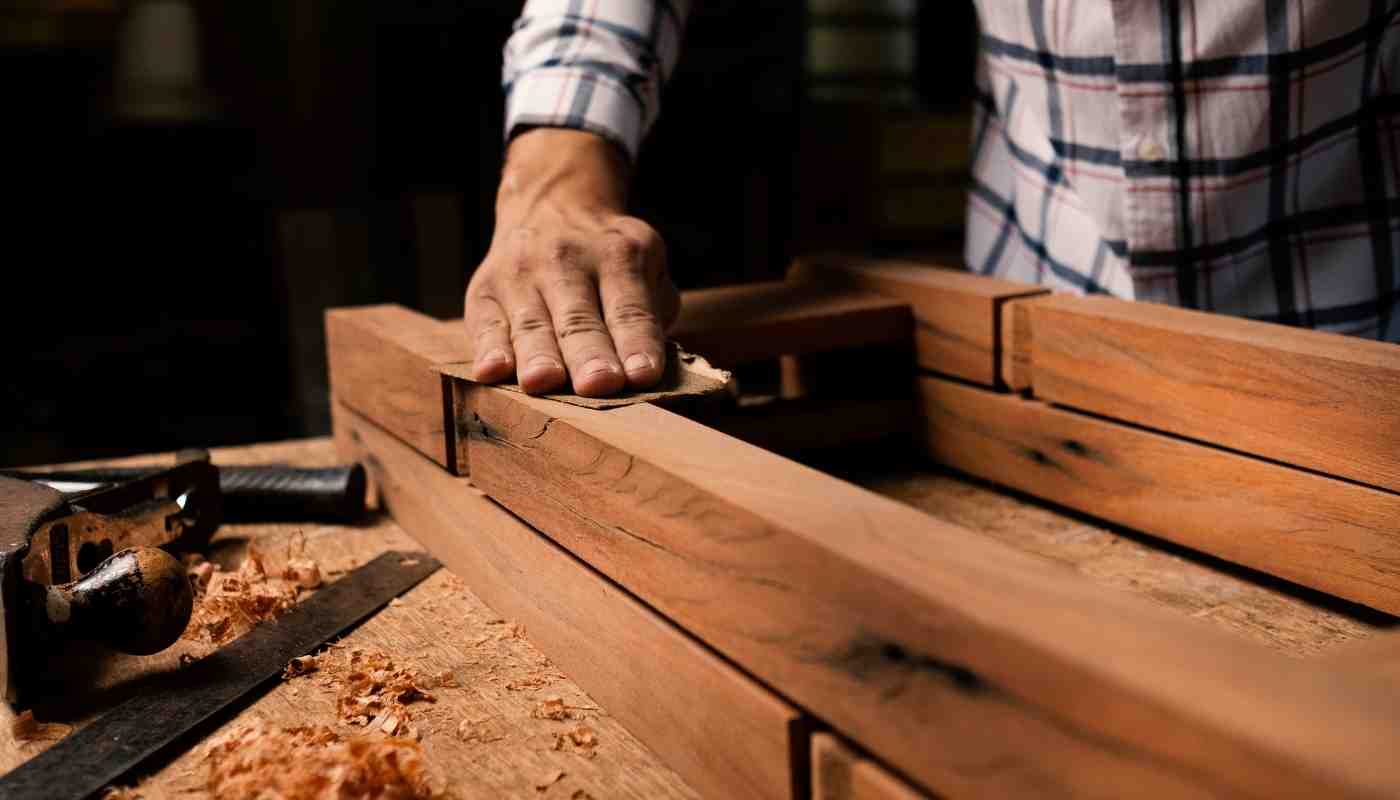
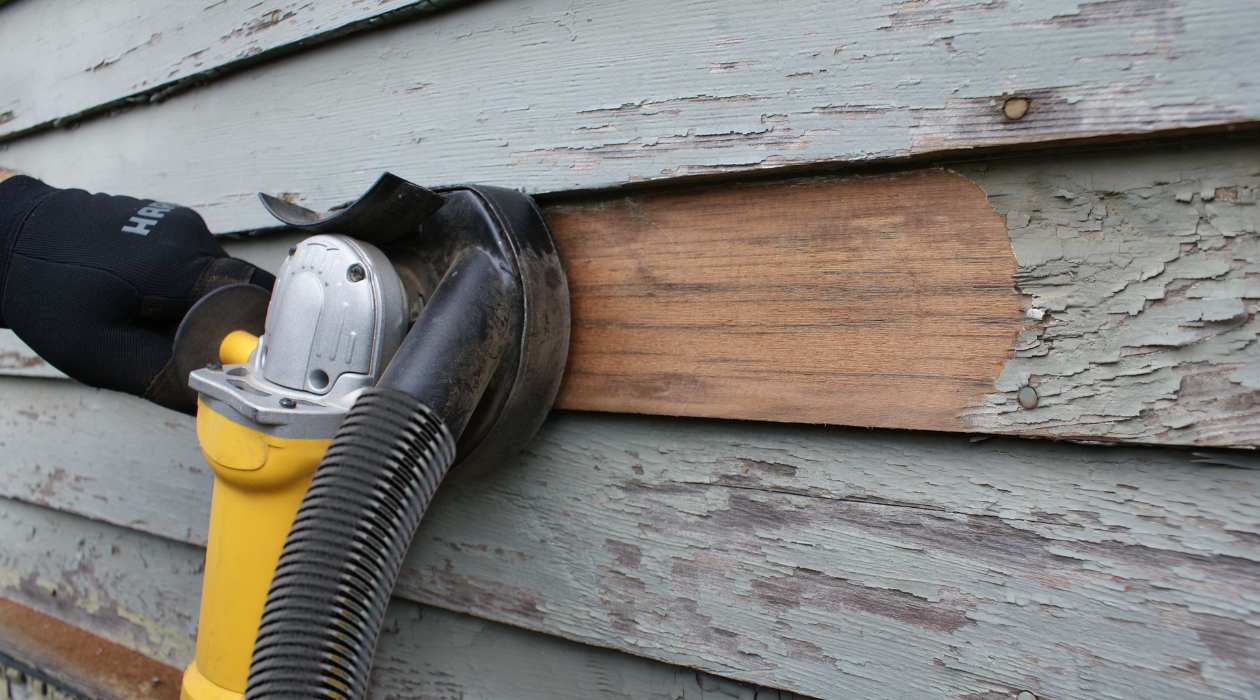

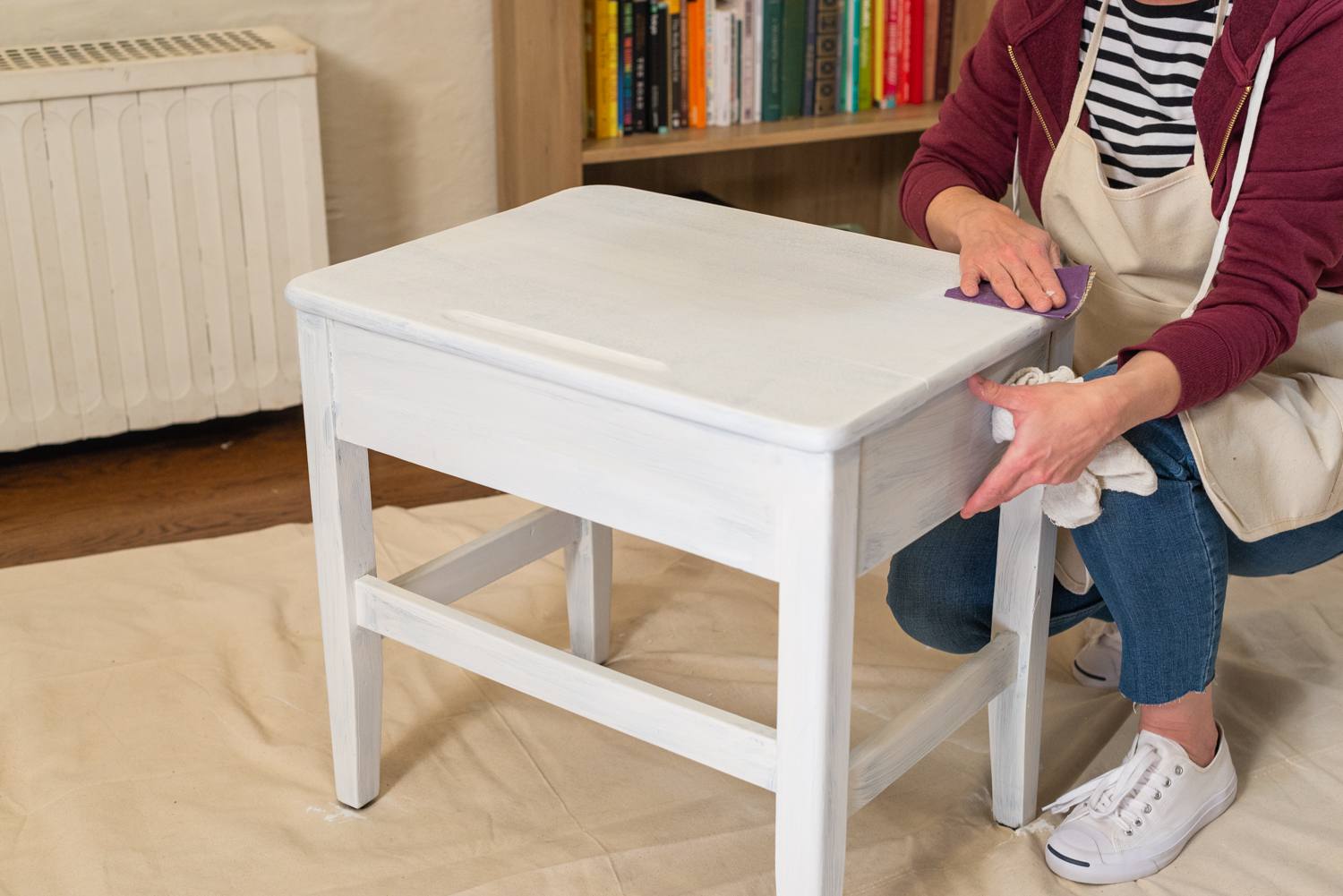
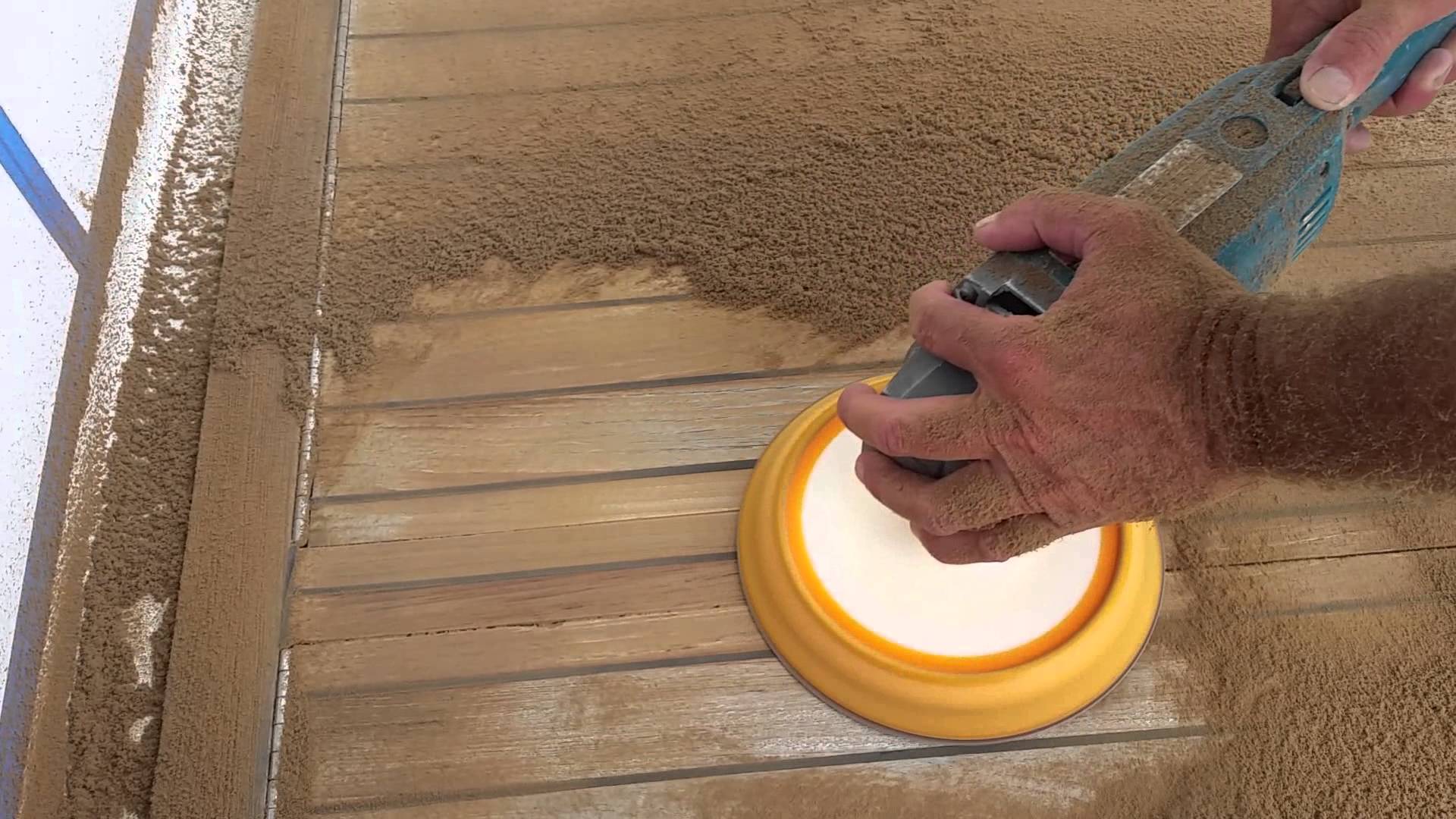
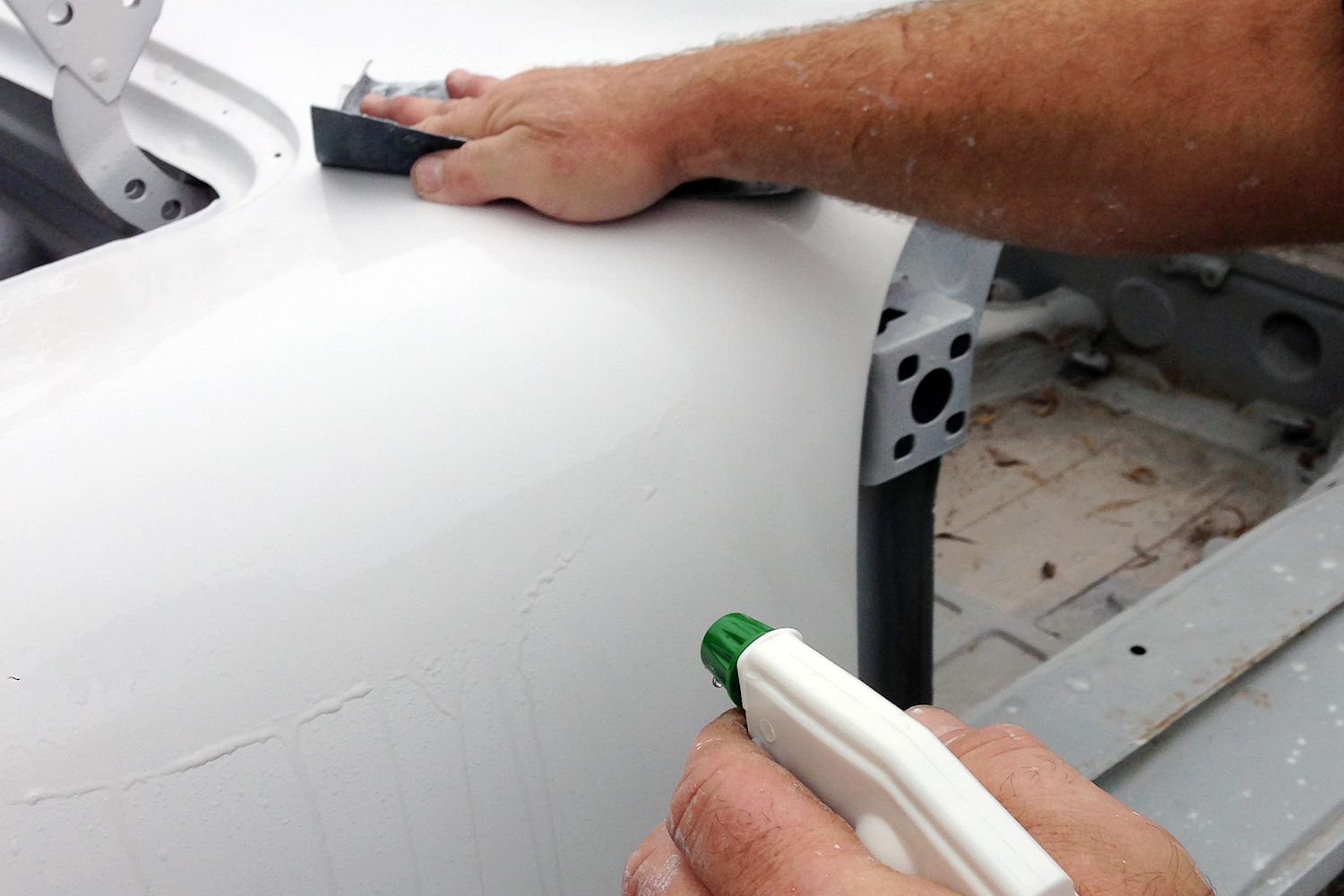

0 thoughts on “What Grit Sandpaper To Remove Paint From Car”